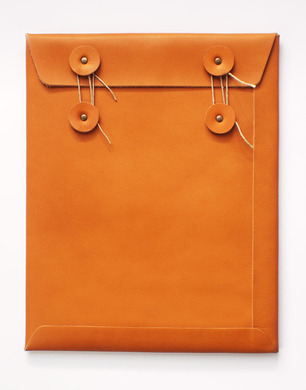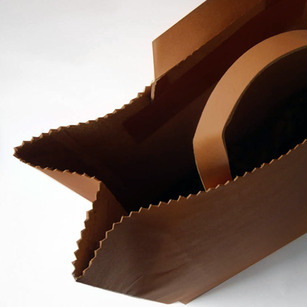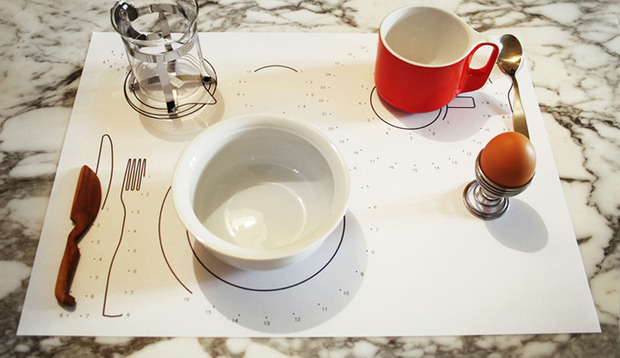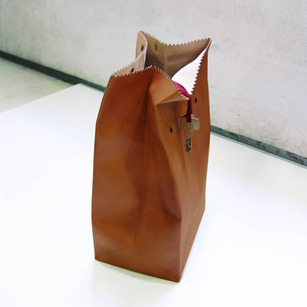Antiatoms
Our conversation with the Spanish design group on rethinking common objects

by Matilde Angelucci


Aránzazu Moreno B, Alejandra Salvatore and Sofía Uquillas are the founders of Antiatoms, a multidisciplinary studio located in Madrid. Since 2005, they have integrated their respective skills to develop projects focused on fashion and product design. Their works are conceived through a rigorous conceptual process which, along with their design synergy, serves as a fundamental prerequisite for creating beautiful, high-quality goods.


According to the pair, “The very nature of the studio is a result of our different points of view, our careers and experience. This allows us to approach the concepts we work with in very different ways each time enriching the results, to undertake projects in many different areas and especially to establish highly structured processes from which we constantly learn and enjoy.” In addition to their product line and a recent collaboration with Vans, Antiatoms provides a range of services including corporate branding and analysis of design, trends and costume design.


Their intuitive, conceptual pieces include “Le Mutant,” a multitasking object serving the needs of our often frantic lives with its adaptable form—it can take the shape of an expansive leather surface for picnics or be hung on the wall to hold objects. “Paper Containers” turns the everyday container into a reusable and sustainable design object, while “The Protection” is a series of objects conceived to protect what we have, our privacy, our identity and our emotions, connecting interiors with surroundings in an ironic and paradoxical way. Complex in construction but simple to use, each of their functional projects are designed to meet the needs of the increasingly multifaceted modern life.


Who is your typical client?
We don’t have a specific customer type. We know that our products are purchased by women in their 60s, students and people from around the world with many different backgrounds. They come not only from capitals, but also from small places everywhere. The only thing they have in common is that they appreciate the quality of manufacturing—they are looking for something different and not too commercial, and appreciate quality and materials. We often receive emails telling us that they are very happy with the pieces purchased through our website, and we are very grateful for that after all the energy we put into each project.

How important is aesthetic today compared to the past?
Aesthetics have always occupied a large part of the work of many philosophers since antiquity and has been important throughout life, even before thinkers started wondering about it. It influences everything we do and what we surround ourselves with every day. The difference is that now, with all the visual stimuli we receive, the extremely fast pace at which content is generated, and in our general lifestyle, we can only “see” and not read. The external appearance and trends capture center stage. The challenge for designers is growing, we try to say something more and expect our customers to appreciate and engage with the concept and process as well as with the result.
Design by definition means functionality—from this point of view, how do people’s needs change?
Design is permanently attached to needs. If needs change, the design is forced to adapt quickly to these new requirements. However, we are seeing more examples where design creates a new need, a desire. Now we have the freedom to work and both imagine from scratch and also review what has been done before. From our point of view, that is very necessary on a creative level.


Your work could be defined as intellectual—your projects are meaningful and mostly symbolic. In your opinion how has the artist/designer’s role changed?
An artist and a designer´s process to research and create is completely different. Although we apparently use complex or abstract concepts as a starting point for a project, as designers, we always keep in mind that the result should be useful: every object is tested, rectified and minimized in terms of ornamentation. We try to choose materials, finishes and ways of manufacturing that tell something, but always with a purpose, to achieve an effective and timeless piece.









